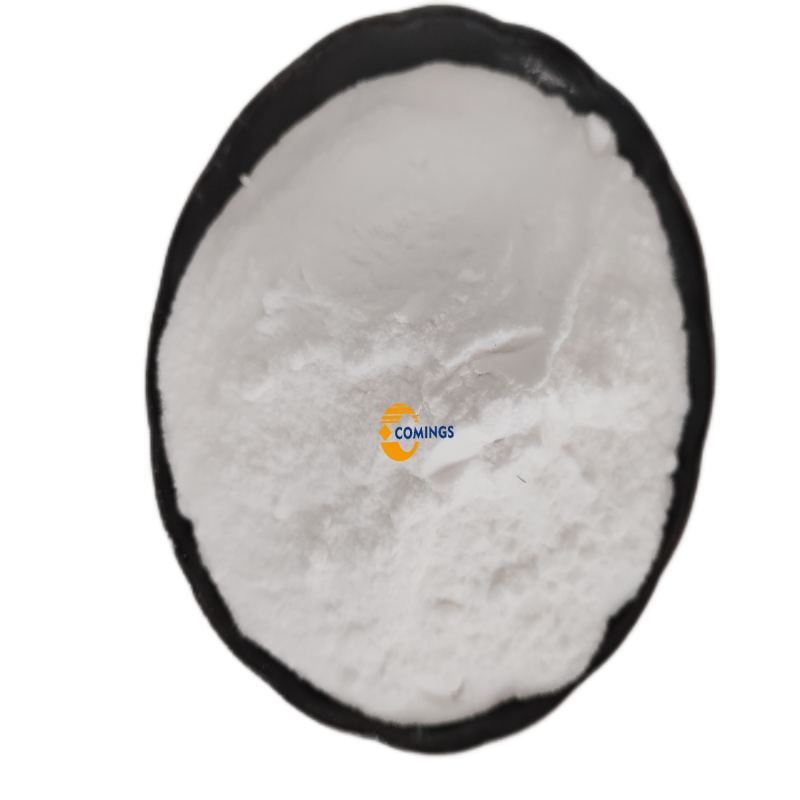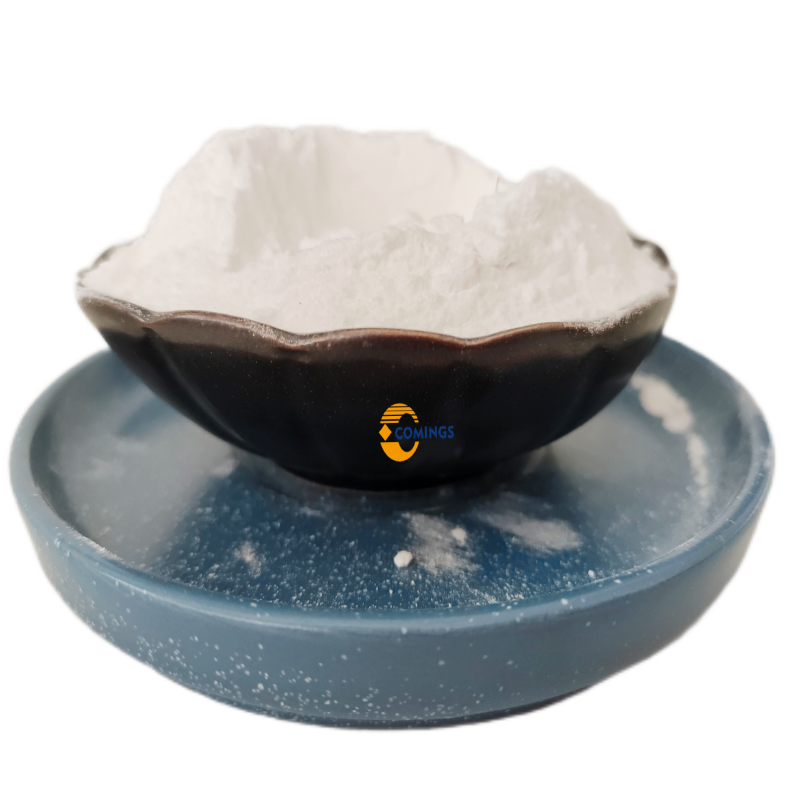-
Categories
-
Pharmaceutical Intermediates
-
Active Pharmaceutical Ingredients
-
Food Additives
- Industrial Coatings
- Agrochemicals
- Dyes and Pigments
- Surfactant
- Flavors and Fragrances
- Chemical Reagents
- Catalyst and Auxiliary
- Natural Products
- Inorganic Chemistry
-
Organic Chemistry
-
Biochemical Engineering
- Analytical Chemistry
-
Cosmetic Ingredient
- Water Treatment Chemical
-
Pharmaceutical Intermediates
Promotion
ECHEMI Mall
Wholesale
Weekly Price
Exhibition
News
-
Trade Service
Severe Acute Respiratory Syndrome Coronavirus 2 (SARS-CoV-2) is an RNA virus in the Coronavirus family, which caused the outbreak of new coronary pneumonia in 2019 and a global pandemic
.
Although a variety of vaccines have been published, which brings hope to human society to alleviate and ultimately prevent the epidemic, more in-depth research is still needed to understand the pathogenesis of the virus, especially the interaction between the virus and the host, in order to develop an effective Intervention measures
.
According to the type of genome to which the virus belongs, viruses are mainly divided into four categories, including dsDNA, ssDNA, dsRNA and ssRNA
.
All viruses need host cells to reproduce.
By introducing their genetic material into infected cells, they hijack certain cellular mechanisms, such as ribosomes, polymerases, etc.
, to produce virus particles and related functional proteins, such as replicase and host immune response.
antagonists
.
Recently, the research team of the Chinese Academy of Sciences and the Chinese Academy of Medical Sciences jointly published an online article entitled "Comprehensive analysis of RNA-seq and whole genome sequencing data reveals no evidence for SARS-CoV-2 integrating into host genome" in Protein&Cell, revealing SARS -CoV-2 RNA does not have the ability to integrate into the host genome
.
http://doi.
org/10.
1007/s13238-021-00861-8 First, the research team performed RNA sequence analysis on 293T, Huh-7, and Calu-3 cells infected with the new coronavirus, from 293T, Huh- 347, 3107 and 4171 chimeric genes were identified in 7 and Calu-3 cells
.
Most of it is the fusion of viral RNA and host cell mRNA
.
As a result, the researchers further obtained 132 conserved chimeric genes from all three cell lines and analyzed the types of RNA
.
The results showed that the chimeric gene is preferentially mRNA, which may be due to the rich expression of mRNA relative to other RNA types
.
The chimeric events of 5 randomly selected conservative chimeric genes (RPL3, GPI, ATP5F1A, EEF2 and RPS19) in 293T, Huh-7 and Calu-3 cell lines are also extremely diverse
.
These results indicate that the ribonucleic acid chimeric event seems to be a random situation of a single infected cell.
This result has also been confirmed in monkey cell lines, where the incidence of chimeric events observed in infected cells is low
.
The common chimeric genes in human ribonucleic acid and ribonucleic acid of the new coronavirus subsequently, the researchers further carried out the whole genome sequencing of the new coronavirus infected samples parallel to the ribonucleic acid sequence
.
The sequencing coverage is about 30 times, and more than 95% of the mosaic events cover at least 10 times.
However, in terms of the highest level of mosaicism and the maximum frequency of chimeric genes, no one between humans and new coronaviruses can be found in the bins.
Readings of the chimeric connection between
.
In addition, there are no reads aligned with the reference genome of the new coronavirus in all genome sequencing data, which indicates that the possibility of the virus integrating into the host DNA fragment through reverse transcription is extremely small
.
Since chimeric events do exist in RNA-seq and show a preference for highly expressed genes, it is speculated that they may be caused by random priming between the RNA templates for the synthesis of the first and second strands of cDNA
.
Whole-genome sequencing of samples infected with the new coronavirus.
Finally, in order to verify that the source of the chimeric events in the transcriptome sequencing results was randomly connected and introduced during the library construction process, the researchers mixed the RNA of the new coronavirus-infected cells and uninfected zebrafish embryos to construct RNA library for further RNA sequencing
.
The results showed that in addition to the expected human-virus chimeric RNA fragments, there are also zebrafish-virus chimeric RNA fragments, and the ratio of virus chimeric reads in humans to zebrafish is proportional to the ratio of human to zebrafish reads Related
.
These results all indicate that the chimeric event of the novel coronavirus derived from the ribonucleic acid sequence and the host cell is false positive, and it mainly occurs during the construction of the library
.
The chimeric event may come from library construction, but it is not a natural event.
In short, this study ruled out the ability of new coronavirus RNA to integrate into the host genome through systematic analysis of transcriptome sequencing, whole genome sequencing, and mixed sample transcriptome sequencing
.
End reference materials: [1]https://link.
springer.
com/article/10.
1007/s13238-021-00861-8






